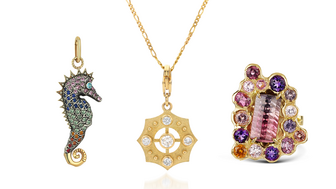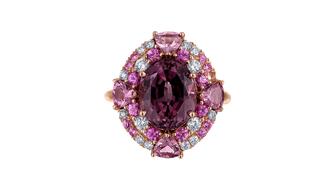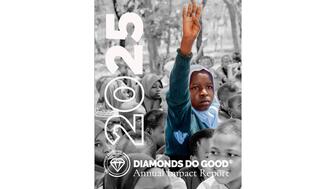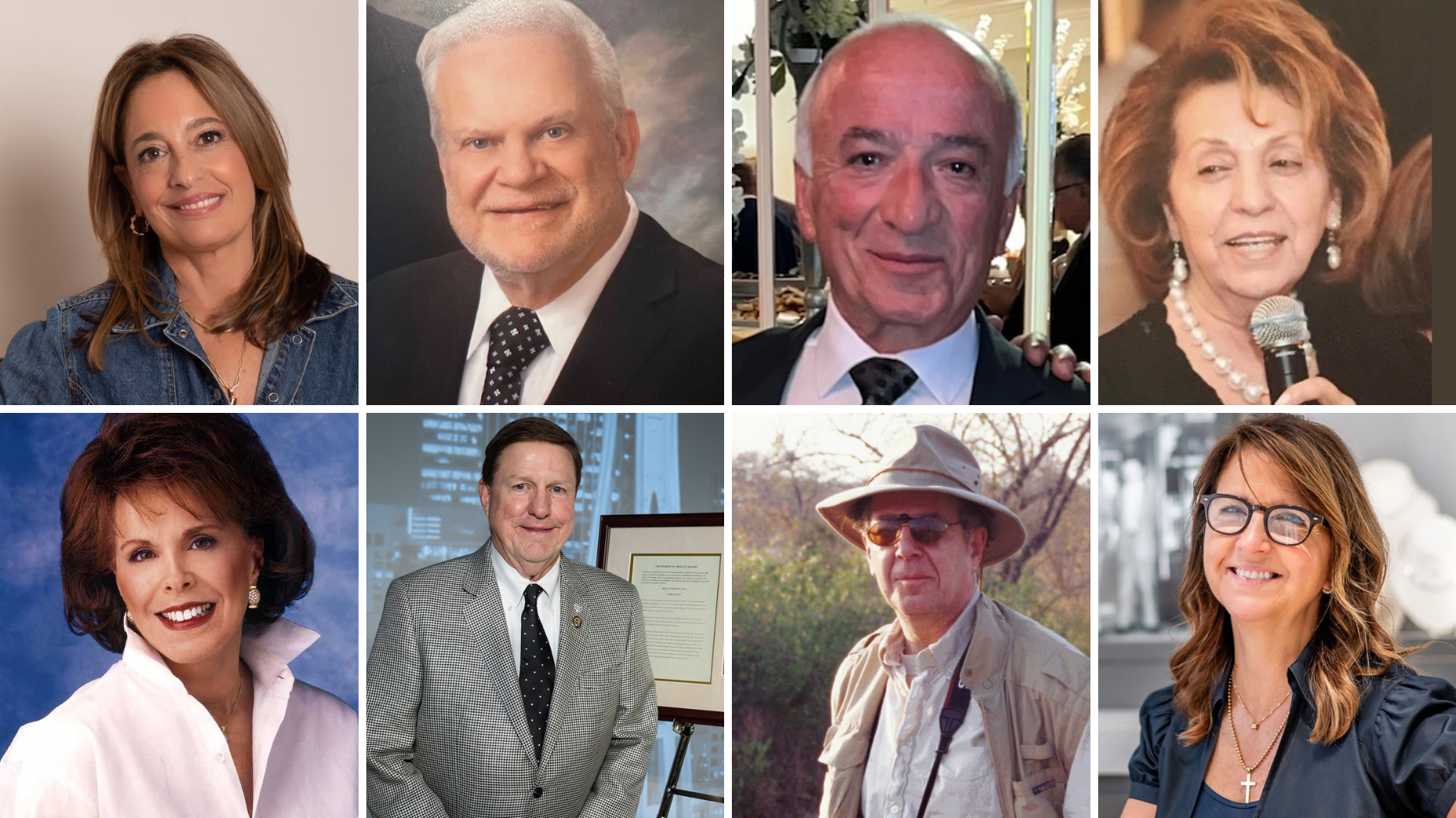As the shopping mall model evolves and online retail grows, Smith shares his predictions for the future of physical stores.
Retailer’s Viewpoint: Millennials and the Middle Class
The shift from buying luxury to buying lifestyle--an evening out at a restaurant, a day at a spa, or a vacation--is not driven by taste alone but by economic factors, Jim Alperin writes.
Millennials, lifestyle and luxury--three words we hear a lot today.
When you’re in a luxury business, as we in the jewelry business are, trying to understand how these words relate and finding our place in this changing world is a challenge.

The things they are showing less interest in aren’t limited to jewelry; they also include crystal stemware, china dishes, porcelain figurines, silver flatware and hollowware, and even a house in the suburbs. Young people today are opting to move into the cities that their parents and grandparents worked so hard to afford to move out of. That 1-acre lot of grass that needs to be mowed on the weekend suddenly isn’t the dream. Now, it’s a loft apartment overlooking other buildings, close enough to work that you don’t need to own a car.
What happened? Why is it that this new generation doesn’t want all the luxuries that previous generations worked so hard to attain and care for?
The internet has, as we all know, changed everything. Business as usual isn’t usual anymore.
Decades ago, a generation of young people finishing high school or college who didn’t go into a specific profession had the opportunity to open “mom-and-pop” stores. Jewelry stores, optical stores, shoe stores, drug stores … if you had an interest in a particular field, you had the opportunity to be your own boss and, with time and hard work, make a decent living. With that living, you were able to buy gifts of luxury, things above the essentials, for those whom you loved, including jewelry.
Where are those young people today, the ones who didn’t go into the professions or those who weren’t picked up by Google, Facebook or one of the other internet giants? They’re working behind the counter at Starbucks, the Apple store or even one of the big jewelry store chains. They make a living but don’t see a chance to truly excel within the job that they have taken.
Did you ever speak
The middle class is disappearing in the United States as the younger generation takes over our world. They don't have the means to buy luxury anymore. The $500 to $2,000 sale that kept jewelry stores alive in the past has become a $50 to $200 sale. That’s now an affordable gift for a generation that doesn’t have the disposable income that the previous generations had, but it’s not enough money to keep mom-and-pop shops in business.
The shift from luxury to lifestyle--an evening out at a restaurant, a day at a spa or a vacation--is not driven by taste alone but by economic factors. The millennials are not rejecting luxury goods as an act of rebellion--after all, every generation rebels against the previous one in some fashion--but because the opportunities for them to earn a wage that will allow them to purchase luxury no longer exist.
Our economy has been divided into the “haves” and “have nots” more than ever before. We have more millionaires and billionaires than our country has ever known and, at the same time, there are more people just getting buy or not getting by at all.
To stay in business today, you have to reduce your expenses to be able to accommodate the customer wishing to make an inexpensive purchase or, if you have the means, upscale your business to accommodate the customer who is truly wealthy.
The millennials have moved away from the traditional jewelry of the past and they aren’t coming back.
It’s not that they can’t be understood. It’s that with the high expenses of life today--health insurance, college loans, the cost of going out for an evening--there just isn’t enough money left to buy luxury goods, and as such they have shifted their values, and what disposable income they do have, to lifestyle purchases.
Retailer Jim Alperin owned and operated James Alperin Jewelers in Pepper Pike, Ohio for more than 30 years. He now lives and works in Delray Beach, Florida and is the author of two novels, “The Moscow Team” and “The Emerald Necklace.” He can be reached at alpjewel@aol.com.
The Latest

The trade show is slated for Jan. 31-Feb. 2 at The Lighthouse in New York City's Chelsea neighborhood.

January’s birthstone comes in a rainbow of colors, from the traditional red to orange, purple, and green.

How Jewelers of America’s 20 Under 40 are leading to ensure a brighter future for the jewelry industry.

The annual report highlights how it supported communities in areas where natural diamonds are mined, crafted, and sold.


Footage of a fight breaking out in the NYC Diamond District was viewed millions of times on Instagram and Facebook.

The supplier has a curated list of must-have tools for jewelers doing in-house custom work this year.

Roseco’s 704-page catalog showcases new lab-grown diamonds, findings, tools & more—available in print or interactive digital editions.

The Signet Jewelers-owned store, which turned 100 last year, calls its new concept stores “The Edit.”

Linda Coutu is rejoining the precious metals provider as its director of sales.

The governing board welcomed two new members, Claire Scragg and Susan Eisen.

Sparkle with festive diamond jewelry as we celebrate the beginning of 2026.

In its annual report, Pinterest noted an increase in searches for brooches, heirloom jewelry, and ‘80s luxury.

Executive Chairman Richard Baker will take over the role as rumors swirl that a bankruptcy filing is imminent for the troubled retailer.

Mohr had just retired in June after more than two decades as Couture’s retailer liaison.

Shekhar Shah of Real Gems Inc. will serve as president of the Indian Diamond & Colorstone Association in 2026.

This year’s good luck charm features the mythical horse Pegasus, and is our first Piece of the Week of the new year.

Articles about crime, engagement rings, and a necklace worn in the World Series generated the most interest among readers.

As part of the leadership transition, Sherry Smith will take on the role of vice president of coaching strategy and development.

It marks the third time the country has headed the Kimberley Process. Ghana will serve as vice chair.

The new Bulova x Stetson designs highlight two animals often associated with the American West—the bison and the Texas Longhorn.

Its residency at Yamron Jewelers will run through May 2026.

The retailer is expanding into areas with large Indian and South Asian populations.

The Italian brand has opened its first flagship amid the peaks of the Dolomites in Madonna di Campiglio, Italy.

The new curation at the Natural History Museum of Los Angeles County showcases rare gem and mineral specimens in their uncut, natural state.

The couple pleaded guilty to concealing at least $127 million in cash transactions at its precious metals businesses.

Consumers shared concerns about prices, inflation, tariffs, trade, and politics in the survey’s write-in response section.




























